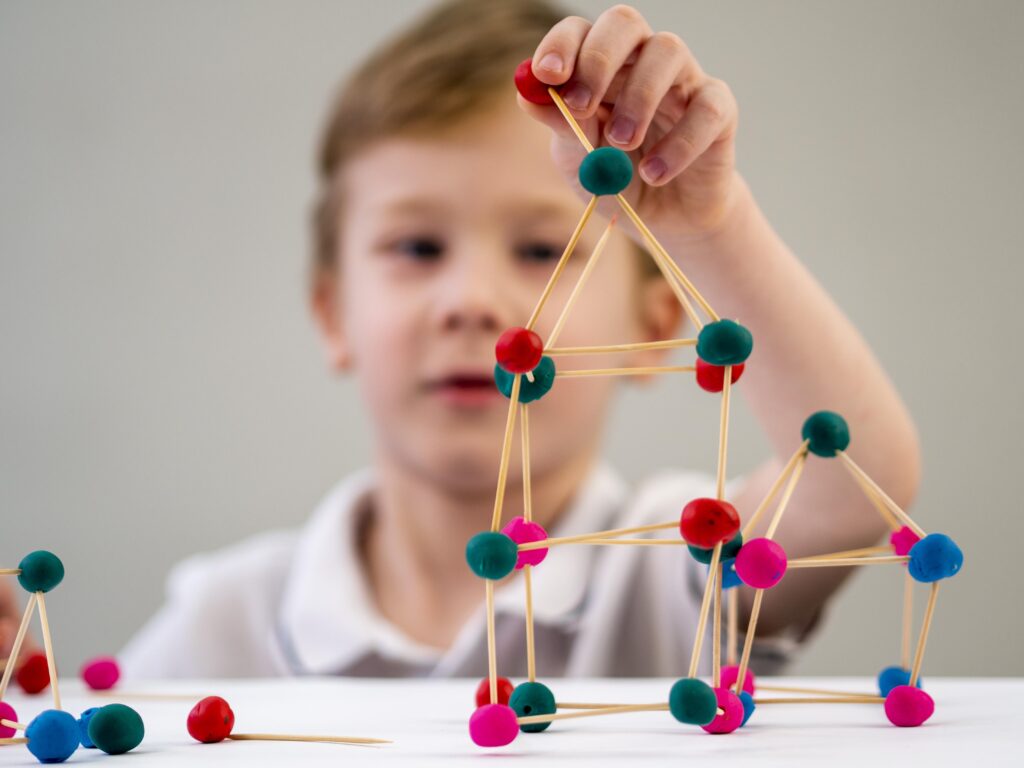
The human brain is a marvel of complexity and adaptability, undergoing remarkable changes and growth throughout childhood and adolescence. From infancy to the teenage years, young minds embark on an extraordinary journey of neural development, shaping their cognitive abilities, emotions, and behaviors. In this article, we explore the fascinating milestones in brain development that children and teens encounter along the way.
Infancy (0-2 years):
During the first two years of life, the brain undergoes rapid growth and development, laying the foundation for future cognitive abilities. Key milestones during this period include:
- Neuronal Proliferation: The brain experiences a surge in neuronal proliferation, with billions of neurons forming intricate connections called synapses.
- Sensory Development: The brain refines sensory pathways, allowing infants to perceive and process information from the environment. Sensory experiences play a crucial role in shaping early brain development.
- Language Acquisition: Infants begin to babble and imitate sounds, eventually uttering their first words around 12 months. They understand simple commands and gestures, laying the groundwork for language development.
- Symbolic Play: As cognitive abilities expand, infants engage in symbolic play, using objects to represent other items or concepts. For example, pretending a block is a phone.
Early Childhood (2-6 years):
Preschool years are a time of significant cognitive and social-emotional development, driven by ongoing changes in the brain’s structure and function. Key milestones during this period include:
- Synaptic Pruning: The brain undergoes a process called synaptic pruning, where weak or unused synapses are eliminated, while stronger connections are reinforced. This process refines neural circuits and improves efficiency.
- Language Acquisition: Language centers in the brain become more specialized, facilitating the acquisition of vocabulary, grammar, and language comprehension skills.
- Theory of Mind: Children develop a basic understanding of other people’s thoughts, feelings, and beliefs, known as theory of mind. They become better at interpreting facial expressions and understanding social cues.
- Emergence of Executive Functions: Executive functions, including impulse control, working memory, attention and cognitive flexibility, start to develop during early childhood. Children become better at planning, problem-solving, and regulating emotions.
Middle Childhood (6-12 years):
During middle childhood, the brain continues to mature with more sophisticated cognitive abilities and increased neural connectivity, paving the way for academic success and social interactions. Key milestones include:
- Continued Myelination: Myelination continues, particularly in areas associated with higher-order cognitive functions, such as the prefrontal cortex. Improved myelination enhances cognitive efficiency and processing speed.
- Language Development: Vocabulary expands significantly, and children become adept at understanding and producing complex sentences. Reading and writing skills improve, laying the groundwork for academic achievement.
- Problem-Solving Skills: Middle childhood is marked by the development of critical thinking and problem-solving abilities. Children can solve mathematical problems, understand cause-and-effect relationships, and apply logic to various situations.
- Social Brain Development: The brain regions involved in social cognition and empathy, such as the mirror neuron system, undergo refinement and specialization. Children develop a better understanding of others’ thoughts, feelings, and intentions.
Adolescence (12-18 years):
Adolescence is a period of significant brain reorganization and maturation, marked by increased cognitive flexibility and emotional regulation. Key milestones include:
- Synaptic Refinement: Synaptic pruning continues into adolescence, sculpting neural circuits and optimizing brain function. This process streamlines neural networks and enhances cognitive efficiency.
- Metacognition: Teens develop metacognitive skills, enabling them to reflect on their own thoughts and learning processes. They become more self-aware and strategic in their approach to learning and problem-solving.
- Frontal Lobe Development: The prefrontal cortex, responsible for higher-level cognitive functions and decision-making, undergoes extensive development during adolescence. Teens demonstrate improved impulse control, planning, and judgment.
- Identity Formation: Adolescents grapple with questions of identity, exploring their values, beliefs, and aspirations. They engage in introspection and self-exploration, seeking to define who they are and their place in the world.
- Emotional Regulation: Brain regions involved in emotional processing, such as the amygdala and prefrontal cortex, become more interconnected and balanced. Teens develop better emotional regulation skills and impulse control.
Conclusion: Brain development is a dynamic and ongoing process that unfolds across childhood and adolescence, shaping the way individuals think, feel, and interact with the world. By understanding the key milestones in brain development, parents, educators, and caregivers can provide support and enrichment, fostering children’s intellectual growth and emotional well-being. As children and teens navigate the complexities of brain development, they embark on a journey of discovery and self-discovery, laying the groundwork for a lifetime of learning and personal growth.